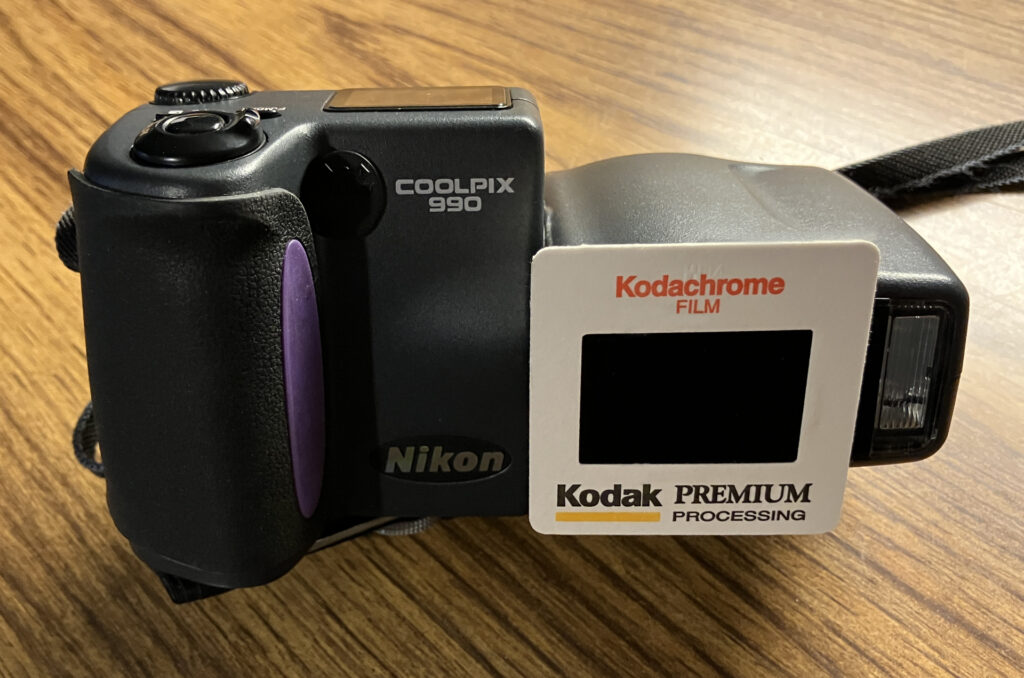
26 June, 2025
A Fun, Funky Filter for Shooting Digital Infrared
26 June, 2025
A Fun, Funky Filter for Shooting Digital Infrared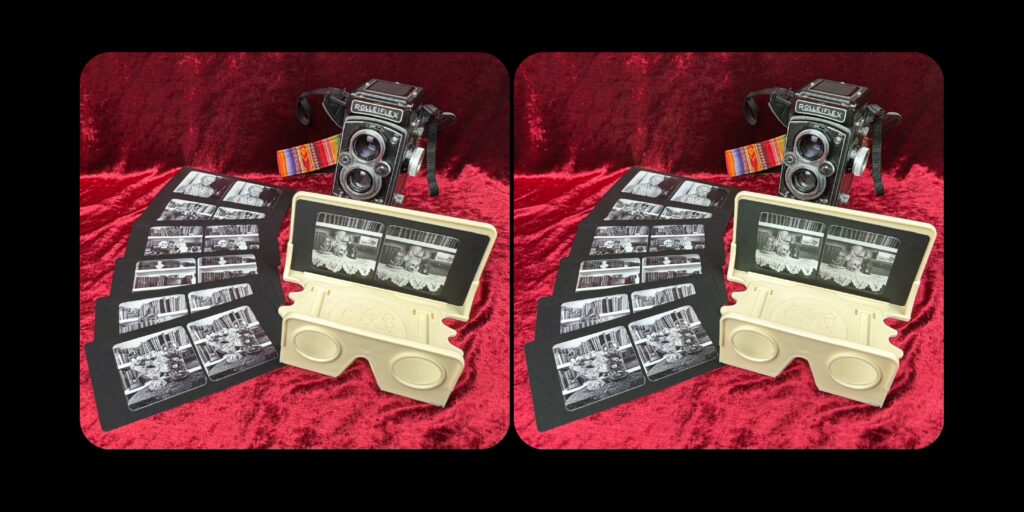
21 June, 2025
Stereoscopic Photography with a Rolleiflex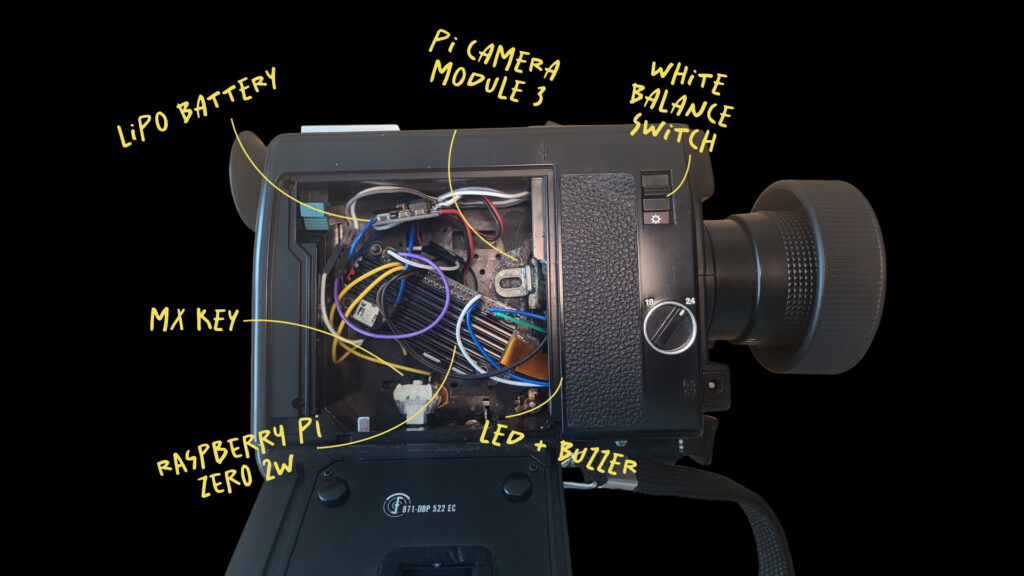
17 June, 2025
Rebuilding a Canon Super 8 with Raspberry Pi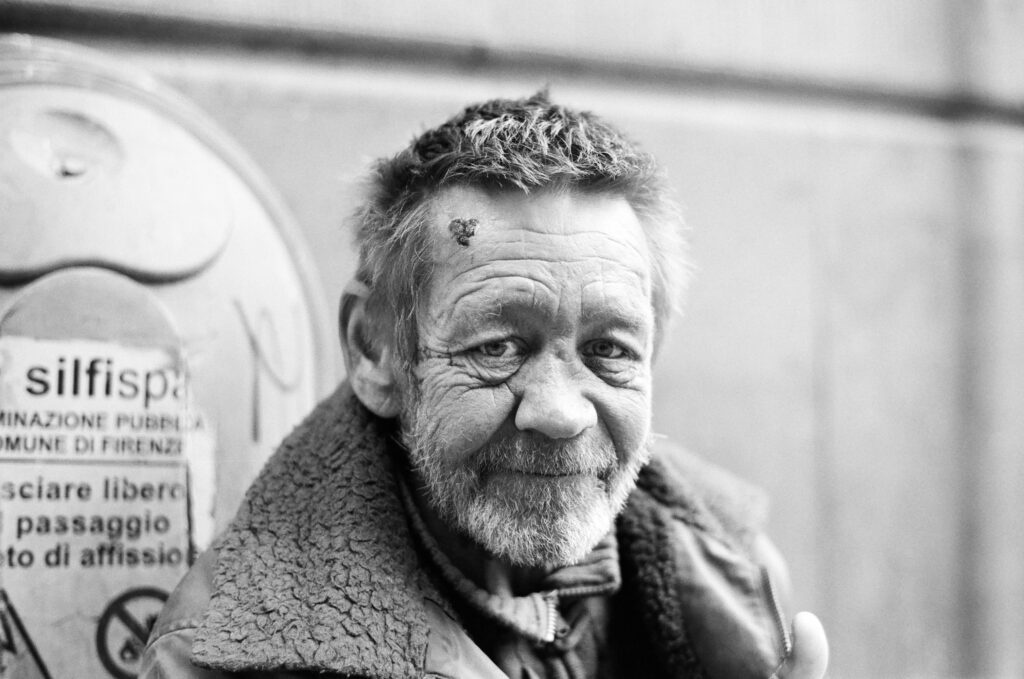
11 June, 2025
My five rules for taking street portraits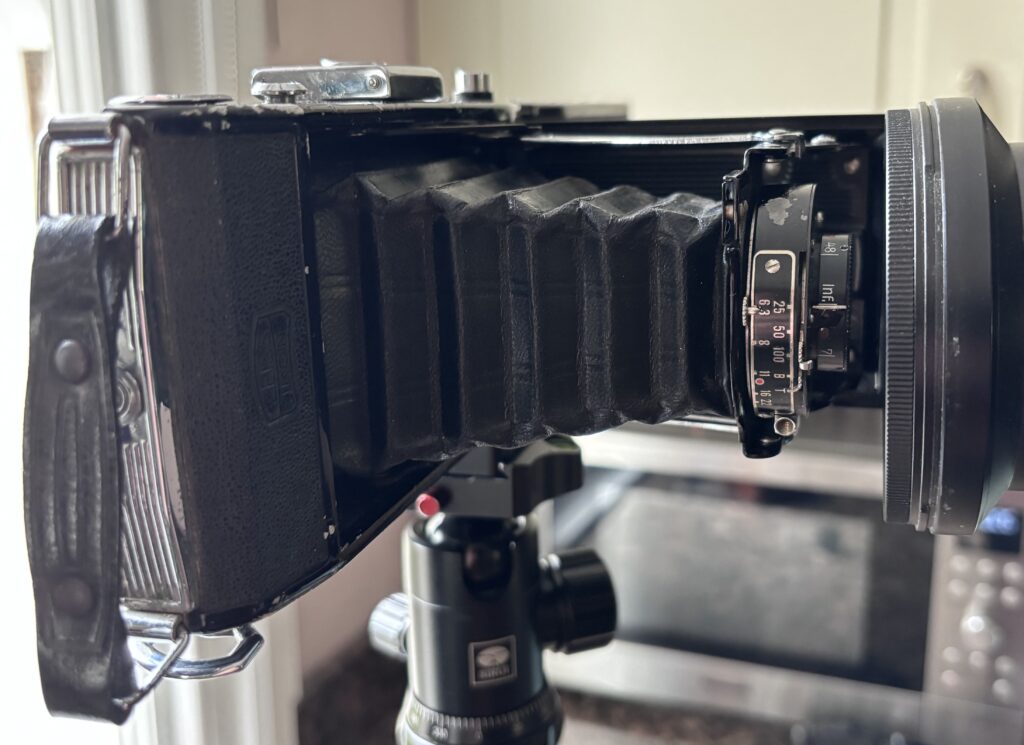
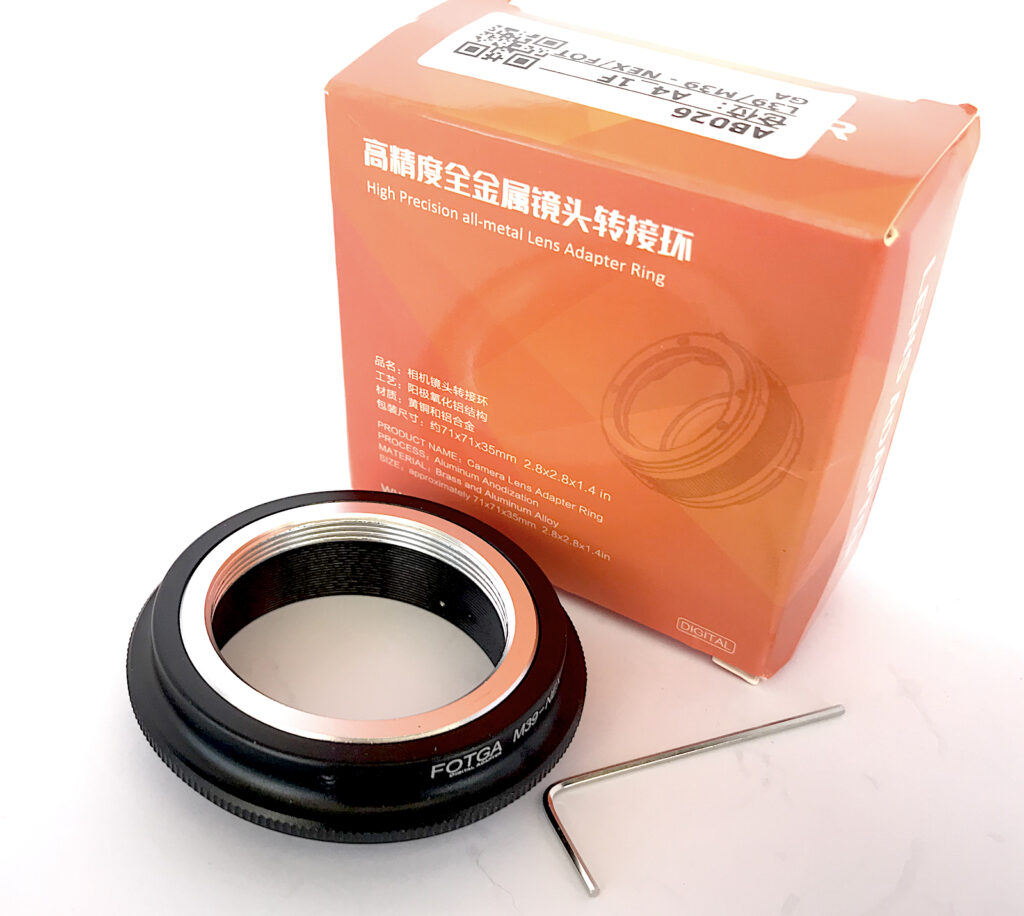
22 April, 2025
An Inexpensive Adapter on a Sony Mirrorless and Auto ISO.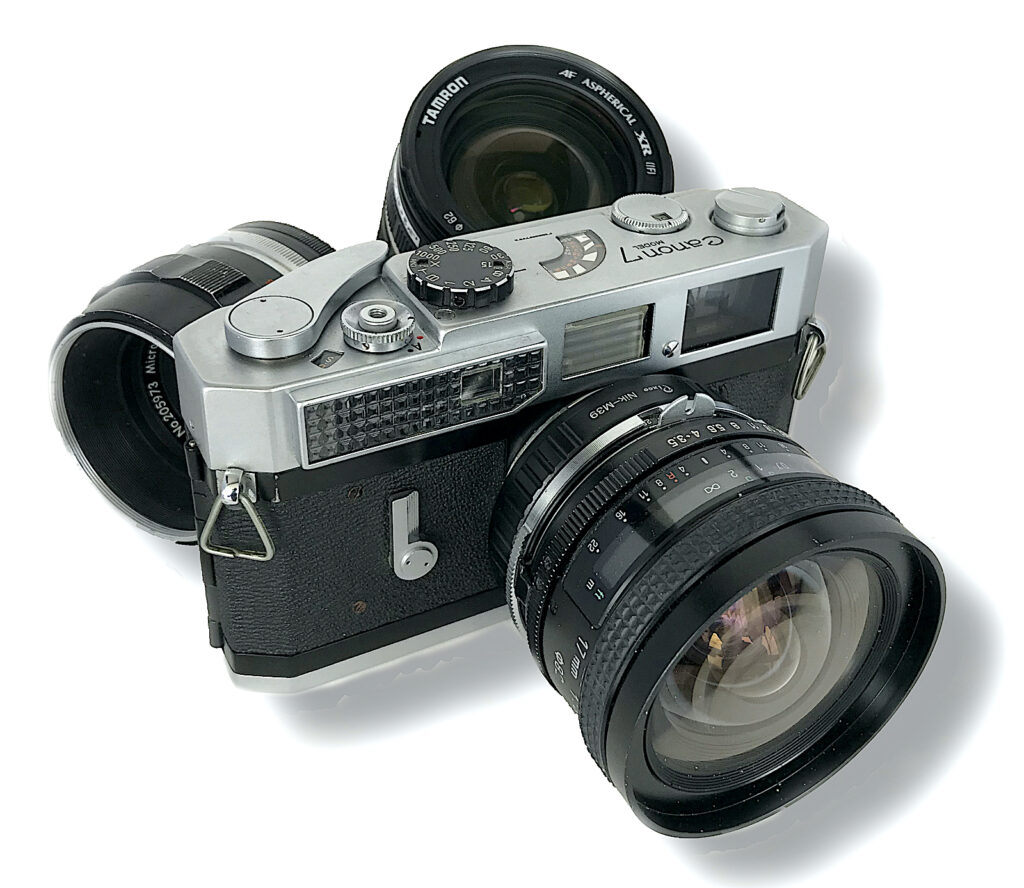
1 April, 2025
An F-mount to LTM lens adapter on a Canon 7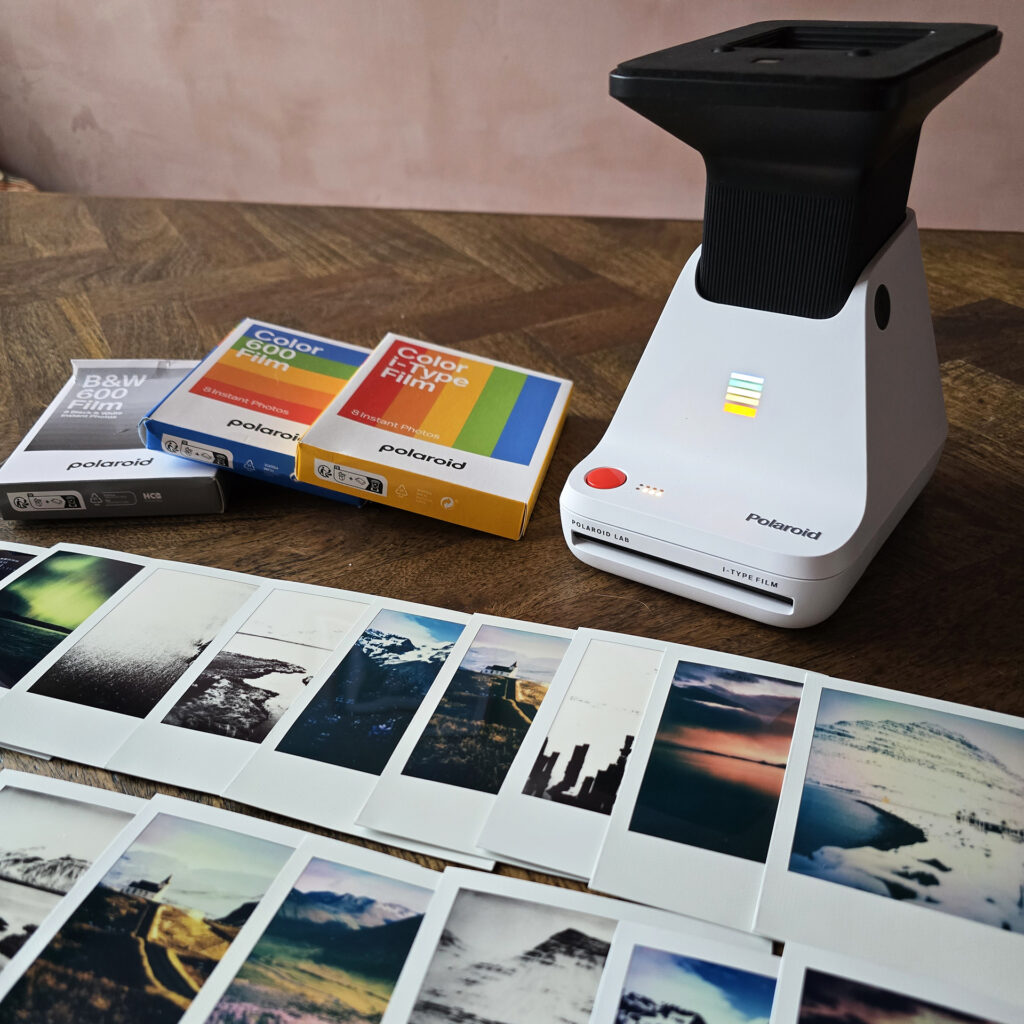
24 March, 2025
We have lift off! Polaroid lift off that is…
Photography & Projects
Looking for some inspiration, or just want to flick through the project work and photos?

Reviews & Experiences
If you're looking for photography equipment and peripheral reviews, this is the place to start!

Theory & Reflections
If you're looking for photography equipment and peripheral reviews, this is the place to start!

Tutorials & Knowhow
If you want to learn or discover a new technique, build on your skills, or be inspired to have a go at a bit of DIY or camera modification, then you’re in the right place.